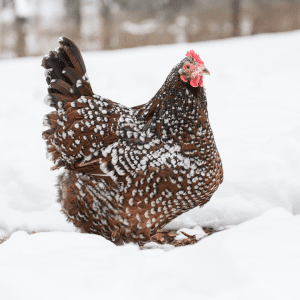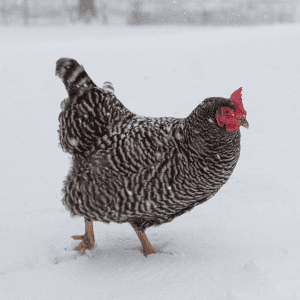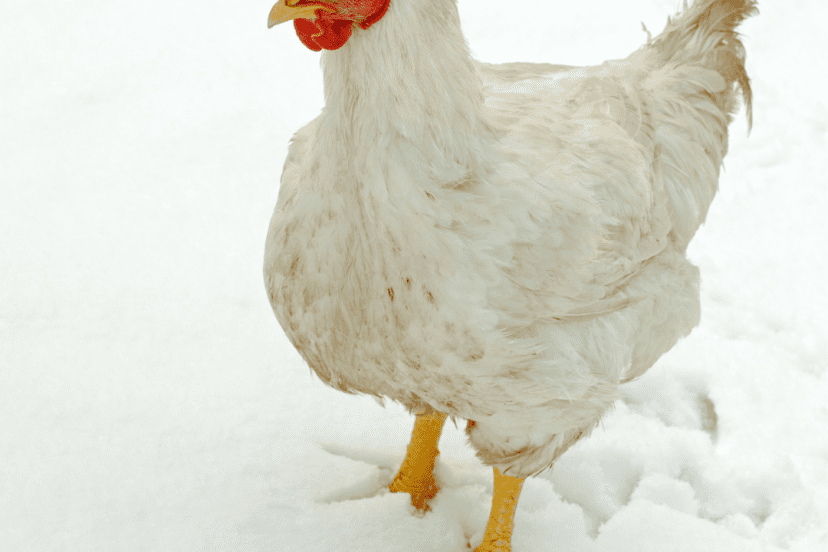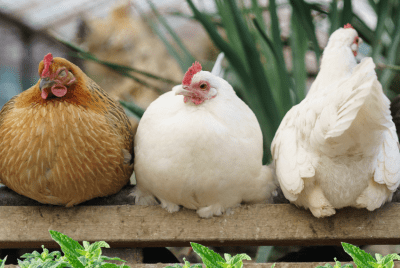Prevent Frostbite In Chickens
10 Essential Tips To Prevent Frostbite In Chickens
10 Essential Tips to Prevent Frostbite in Chickens. Chickens need proper care during cold winter months to avoid health issues. Here are 10 important tips to help keep your feathered friends safe and warm in the chilly weather. By following these tips, you can ensure your chickens stay healthy and happy throughout the winter season. So, let’s dive in and learn how to protect your chickens from the perils of frostbite.

10 Essential Tips to Prevent Frostbite in Chickens
W hile winter can be a magical time, it also brings the risk of frostbite to your chickens. As a responsible flock owner, it’s vital to take necessary precautions to protect your feathered friends from the chilling cold. Here are some tips to prevent frostbite and ensure your chickens stay happy and healthy throughout the winter season.
- Tip 1: Coop Insulation and Heating Essentials
- Tip 2: The Right Roost for Toasty Toes
- Tip 3: Proper Ventilation Techniques
- Tip 4: Hydration is Key
- Tip 5: Snow Removal around the Coop
- Tip 6: Frostbite First Aid Kit
- Tip 7: Routine Health Checkups
- Tip 8: Frostbite Awareness and Monitoring
- Tip 9: Wintertime Nutrition Boost
- Tip 10: Backup Shelter Options
After implementing these vital tips, you can rest assured that your flock is well-protected from the dangers of frostbite, allowing them to enjoy a cozy and comfortable winter season.
Tip 1: Coop Insulation and Heating Essentials to Prevent Frostbite in Chickens
With the dropping temperatures, it’s crucial to ensure your chicken coop is properly insulated and heated. Use insulating materials such as straw or hay to keep the coop warm. Additionally, consider installing a heat lamp or a safe heating pad to provide extra warmth for your chickens during the coldest nights.
Tip 2: The Right Roost for Toasty Toes
Essential for preventing frostbite, the right roost setup is crucial. Make sure your chickens have perches wide enough for them to cover their toes completely. This allows for better circulation and helps in keeping their feet warm. Choose wooden roosts over metal ones to prevent the risk of cold transferring to their feet.
Prevent Frostbite in Chickens on the Roost
Ensure that the roosts are not placed directly below vents or in drafty areas to avoid exposing your chickens to cold airflow. By providing the right roost setup, you can significantly reduce the chances of frostbite on your chickens’ feet, keeping them happy and healthy even in the coldest of winters.

Diet and Nutrition: Keeping Chickens Warm From the Inside Out
Tip 3: Nutritional Needs for Cold Weather
One imperative way to help your chickens stay warm in the cold weather is by ensuring they have the right nutritional balance in their diets. During winter, chickens need extra energy to maintain their body temperature as they don’t have the luxury of piling on extra layers of clothing like we do. Providing a diet rich in proteins and fats will aid in keeping your flock healthy and warm during the chilly months. The signs of frostbite in chickens can be seen by clicking on this link.
Tip 4: Hydration and its Role to Prevent Frostbite in Chickens
From keeping your chickens hydrated is crucial for preventing frostbite. Many chicken keepers forget that water is just as important as food for overall health, especially in cold weather. Dehydration can lead to decreased blood circulation, making chickens more susceptible to frostbite. Ensure your flock has access to fresh, unfrozen water at all times. Consider using heated waterers or checking water sources frequently to prevent freezing.
Plus, chickens tend to drink more water when it is slightly warm, so offering tepid water can encourage them to stay hydrated. Proper hydration not only helps regulate body temperature but also aids digestion and overall health, contributing to stronger immunity and better resistance against cold-related illnesses.
Daily Care Routines to Prevent Frostbite in Chickens
Tip 5: Adjusting Your Chicken Care Schedule for Winter
Once again, winter is here, and it’s crucial to tweak your chicken care routine to ensure your flock stays warm and healthy. For optimal care, consider providing extra bedding in the coop to keep your feathered friends cozy during the chilly nights. Additionally, adjusting the feeding schedule can help chickens generate more body heat to combat the cold. Offering warm oatmeal or scrambled eggs in the morning can give them an extra energy boost to stay warm throughout the day.
Tip 6: Spot-checks and Health Monitoring Mysteries
Cold winter months can bring health challenges for chickens, so it’s necessary to stay vigilant with spot-checks and health monitoring. The key is to regularly examine your flock for signs of frostbite, respiratory issues, or other health concerns. The earlier you spot any problems, the easier it is to treat them effectively. Pay close attention to their combs, wattles, feet, and behavior, as these can indicate underlying health issues. Regular monitoring can help you keep your chickens healthy and happy throughout the winter season.
Advanced Measures to Prevent Frostbite in Chickens
- Tip 7: Winter-proofing with Windbreaks and Bedding Strategies
Windbreaks Bedding Strategies Use natural barriers like shrubs or trees to shield coops from harsh winds. Provide plenty of dry bedding such as straw or wood shavings to insulate the coop floor. - Tip 8: The Wonders of Vaseline and Other Protective Balms
Vaseline Other Protective Balms Coating combs and wattles with Vaseline can prevent frostbite. Beeswax-based balms can also provide a protective barrier against the cold. - Tip 9: Footwear for Chickens – Myth or Magic?Protective footwear for chickens is not necessary as they are naturally equipped to handle cold weather. Their feathers provide insulation, and covering their feet can actually increase the risk of frostbite.
- Tip 10: Understanding the Breed-Specific Cold ToleranceAny chicken breed can withstand cold temperatures with proper care, but understanding the specific cold tolerance of your breed can help you tailor your protective measures. Some breeds, like the Siberian, have exceptional cold tolerance, while others may require additional care in winter.
What Temperature is Too Cold for Chickens.
Chickens are generally hardy and can tolerate cold weather, but temperatures consistently below 20°F (-6°C) can be challenging for them, especially without adequate shelter and protection. At these lower temperatures, chickens are at risk of frostbite, particularly on their combs and wattles, and cold stress, which can lead to a drop in egg production and weakened immune systems. To keep chickens comfortable, ensure their coop is well-insulated and free of drafts, while maintaining proper ventilation to prevent moisture buildup. Providing extra bedding, such as straw or wood shavings, and offering nourishing feed with extra protein can also help them withstand the cold.
Summing up how to prevent frostbite in chickens.
Now armed with these 10 crucial tips to prevent frostbite in your chickens, you can ensure your feathered friends stay happy and healthy during the colder months. By providing adequate shelter, insulation, ventilation, and hydration, as well as checking for frostbite regularly, you can protect your chickens from this painful condition. Do not forget, prevention is key, so be proactive in implementing these strategies to keep your flock safe and comfortable throughout the winter season. Here’s to warm and happy chickens all winter long!









